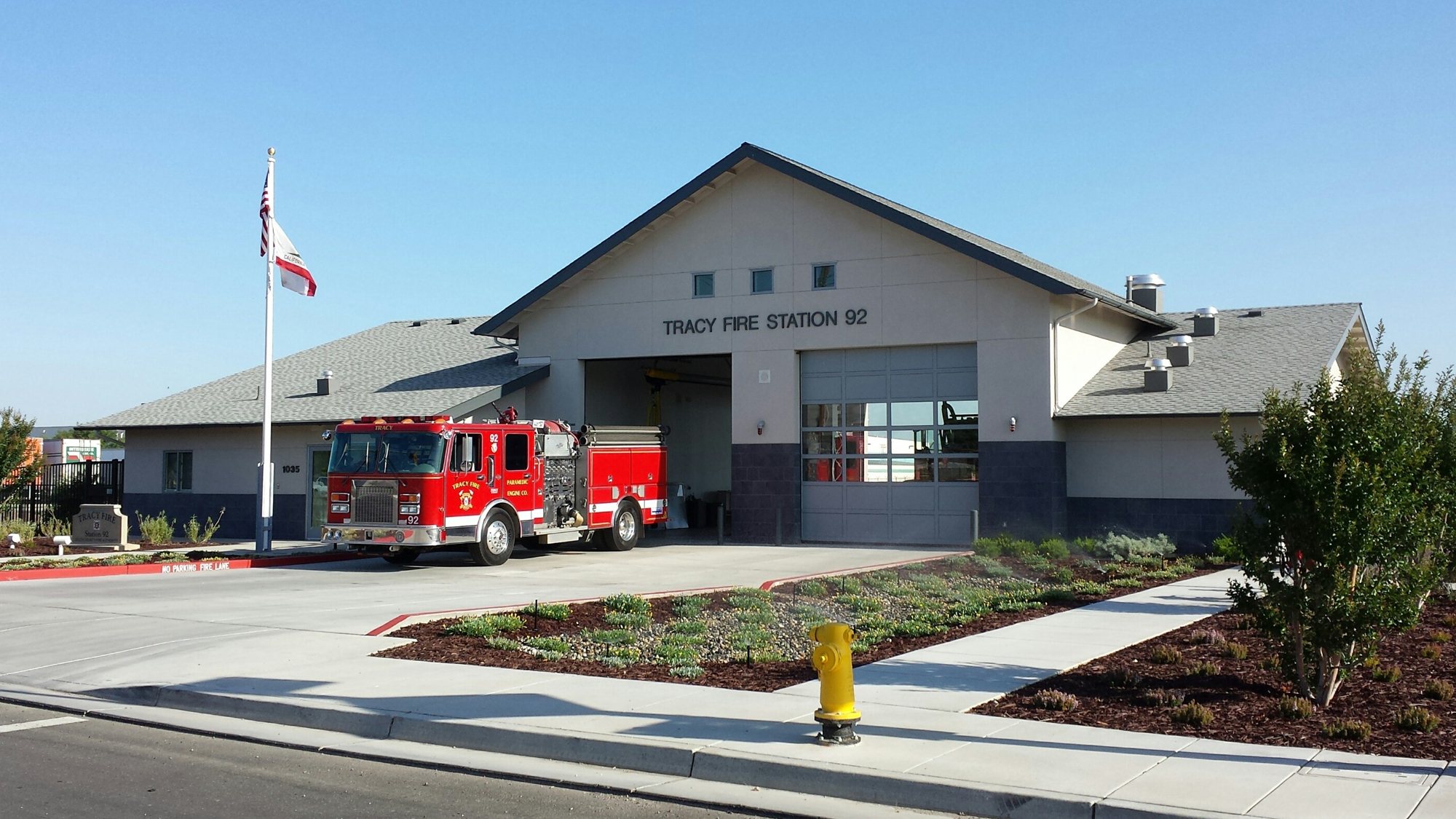2017
Big Sur suffered a historic one-two punch in 2016: The summer’s three-month-long Soberanes Fire was followed by a record-breaking rainy season. In the winter, with soil loosened by the fire, debris came down the mountain as runoff and clogged the culverts where Palo Colorado Road crosses Rocky Creek and Brandon Creek. The creek eventually blew out part of the road—cutting off 60 homes from stores, schools and workplaces. Governor Brown, followed quickly by President Trump, declared the area, along with many others impacted by the weather, a disaster.
Monterey County Public Works quickly addressed the emergency by establishing repairs along the half mile stretch of road as it raced to develop a permanent solution that would restore the road and improve crossings at both Rocky and Brandon Creeks. For this critical task, the County selected Harris & Associates to provide project management, environmental documentation and permitting, surveying, geotechnical assessment, preliminary design, community outreach and final PS&E.
Core Elements
With a laser focus on completing the Rocky Creek crossing, the project focused on compressing the work timeline as much as possible to expedite this recovery effort. The Harris team’s vast experience with post-disaster restoration gave County officials confidence they could meet an accelerated schedule.
Harris presented three alternatives for the Rocky Creek crossing that reflected the complexity of designing solutions for this location: a bridge, a box culvert, and a metal arch culvert. The County chose the latter because it reduced environmental impacts and was more constructible given the site constraints. The environmental specialists and construction managers were able to provide valuable direction about reducing environmental impacts and feasibility during the design phase—a luxury that few firms bring to the table.
During construction of the new, wider culvert, Harris added drainage improvements and repaired the road condition via stabilization and repaving.
To expedite progress, Harris staff and teaming partner ICF drew upon their thorough knowledge of the environmental permitting process. The Harris team also helped to coordinate the demands of seven state and federal agencies, as well as laid the groundwork for the County’s eventual FEMA reimbursement.
Beyond the Blueprints
Installing the new culverts involved removing 22 trees, requiring replacement trees at a 3:1 or 10:1 ratio depending on their diameter and monitoring for 5-10 years. Because the site was constrained with the narrow canyon and dense tree canopy, there was no way to plant all the new trees in the immediate vicinity, so Harris also coordinated with the Big Sur Land Trust to plant trees at their nearby mitigation site.
Client
County of Monterey
Location
Big Sur, CA
Markets
Municipal
Public Works
Water
Stormwater
Services
Civil Design
Environmental Planning + Compliance
Categories
Emergency Repairs
Award-Winning













